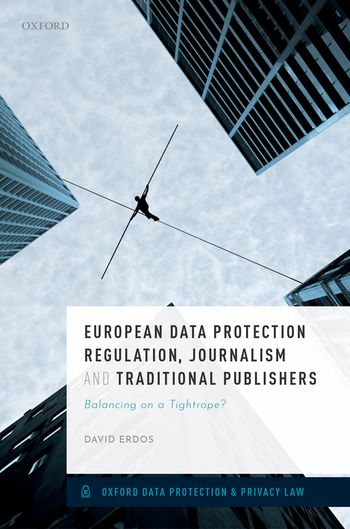
The tension between freedom of expression and European personal data protection regulation is unmistakable. Nowhere is this more apparent than in its interface with professional journalism and other traditional publishers including artists, writers and academics. This book systematically explores how that tension has been managed across thirty-one European States from the 1970s through to the 2010s including under the General Data Protection Regulation (GDPR). It is found that, notwithstanding confusing laws, data authorities have regulated journalism through contextual rights balancing. However, they have struggled to establish a clear standard of strictness or ensure consistent enforcement. Their stance regarding other publishers has been more confused - whilst academics have been subject to onerous restrictions developed for medical and related research, other writers and artists have been largely ignored. This book suggests that contextual rights balancing should be extended to all traditional publishers and systematically developed through robust co-regulation that draws on the strength of both statutory control and self-regulation.